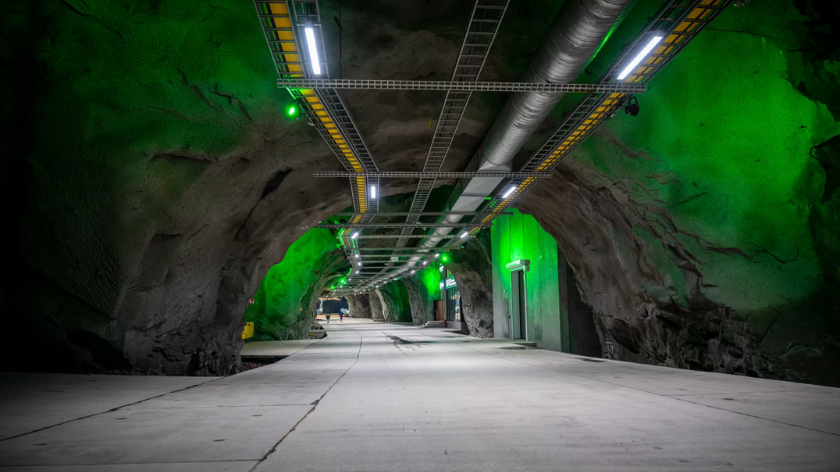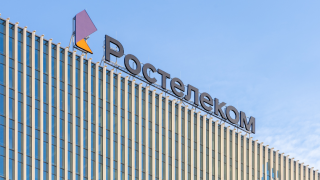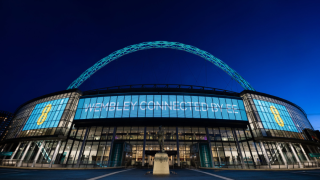Lefdal Mine was previously used as a source of olivine, the green mineral used in everything from metalworking to precious stones to jewellery in its more precious form, peridot.
Opening its doors in 2018, the mine became a data centre, spanning four levels with a fifth in the works as it plans to become a 200MW facility.
Join us for Datacloud Energy & ESG Europe
The data centre is one of the most striking facilities you’ll ever come across, with its long data halls akin to the base of a James Bond villain. Inside, you won’t find giant death rays, instead, rows and rows of high-end servers.
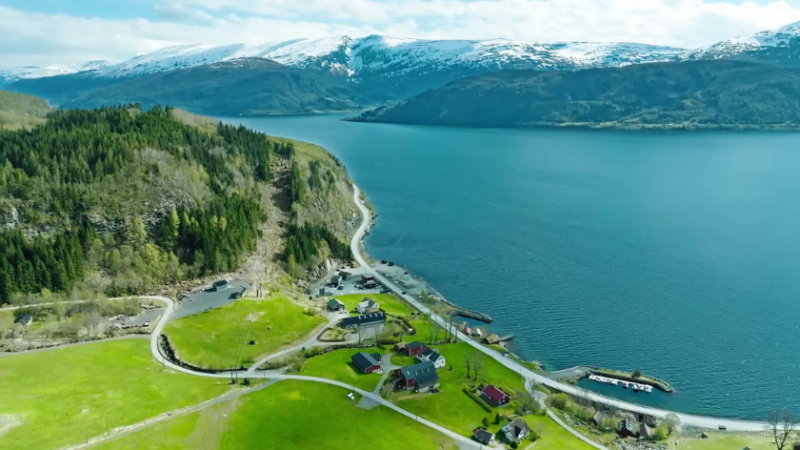
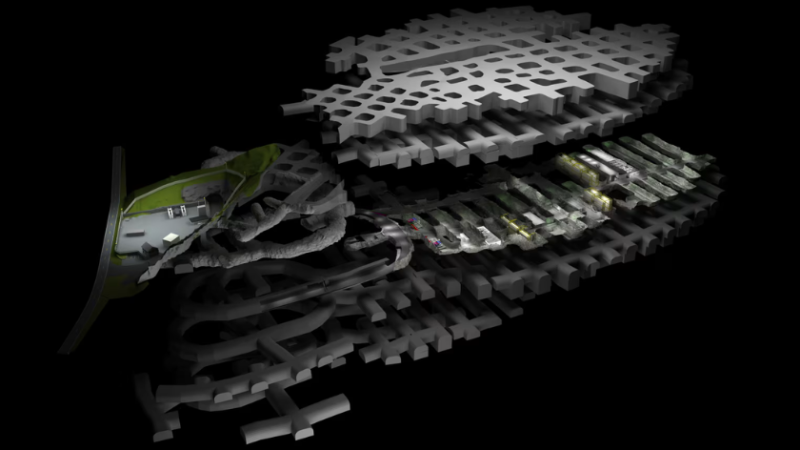
Mats Andersson, chief commercial officer at Lefdal Mine Datacenter, helps run what he described as “probably one of the coolest high-performance computing sites in Europe”.
The facility he and the Lefdal team operate is unique as it is secure, with the underground mountain hall facility boasting just one way in, and one way out, some 700 metres inside a mountain providing the hardware inside complete natural protection from electro-magnetic pulses, or EMPs (should such a situation arise).
Despite operating in one of the busier data centre markets in Europe, the Lefdal facility is continuously growing, with plans to increase their typically 10MW data halls to 30MW.
“We’re constructing a lot,” Andersson told Capacity. “To build these three-story data halls, we have three under construction and once one is completed, we add another one, so there’s always three being constructed.”
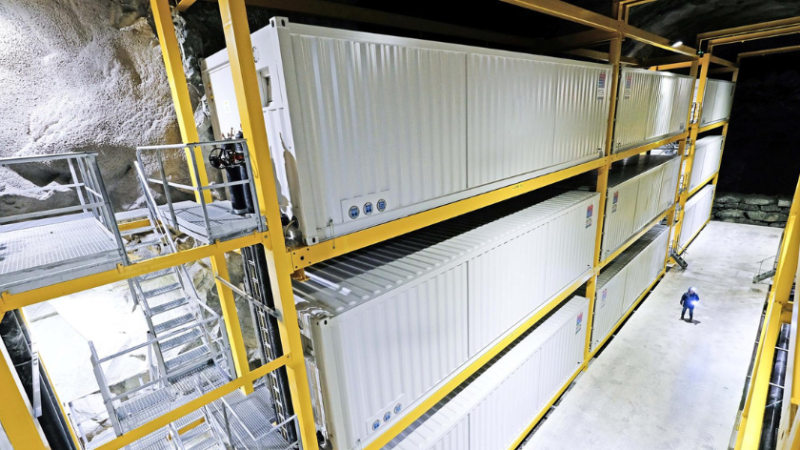
After setbacks brought on by the COVID-19 pandemic, Lefdal has since signed sizable contracts with businesses from the US, UK, Germany, France, and Norway, with the market demand shifting to the point where customers are coming to them, not the other way around.
Lefdal is also gaining traction off the AI boom, with increased demand for rack densities of 30 kilowatts and upwards a tick in the facility’s favour, Andersson suggested.
“We have a lot of capacity going online continuously now, and [an additional] 80 megawatts will be online within two to three years,” he added.
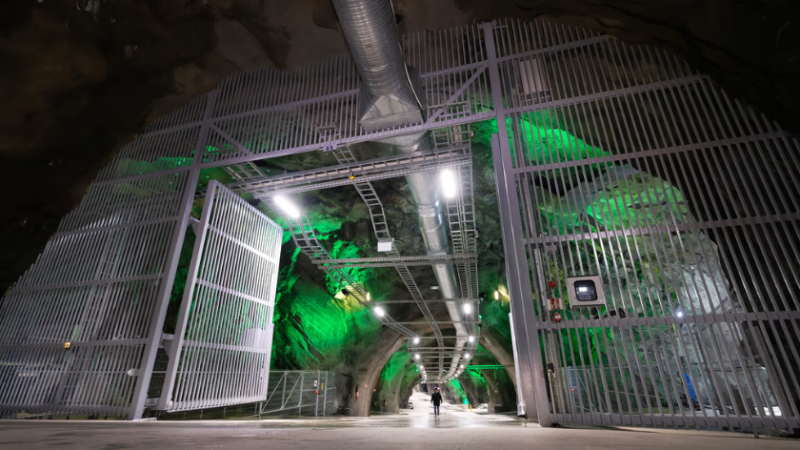
As you pass through the mammoth steel gate guarding the inner layer of Lefdal, you reach the very heart of the facility, Level 3, the first of the “underground city of data centres”.
At the heart of the facility lies a hard rock cavern housing 14 ‘streets’ connected via one “avenue” that stretches the full 300 metres. Once you pass the initial cooling, power and network infrastructure systems sit tailor-made solutions, with servers housed either in giant containers or data halls.
What you see on the 80MW Level 3 is repeated throughout the facility, with numerous data halls playing home to cages, racks, immersion pods, and even private suites where businesses keep their servers secure.
Andersson explained that constructing a former mine allows the firm to spend only 40 to 50% of the cost required to build an above-ground data centre, compared to their concrete data halls.
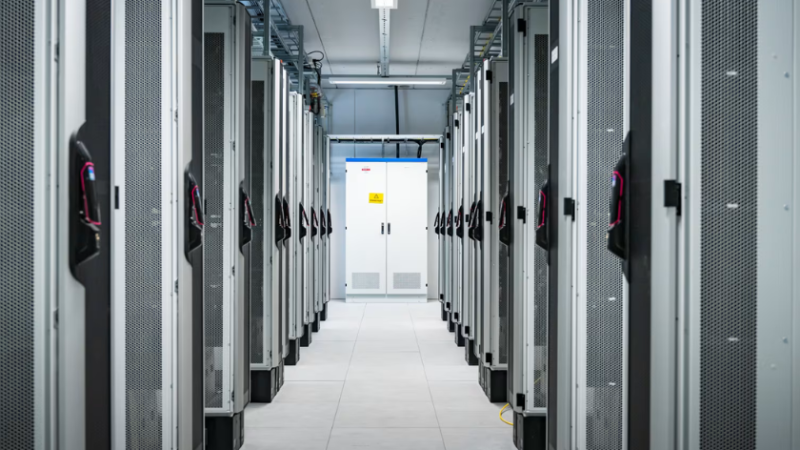
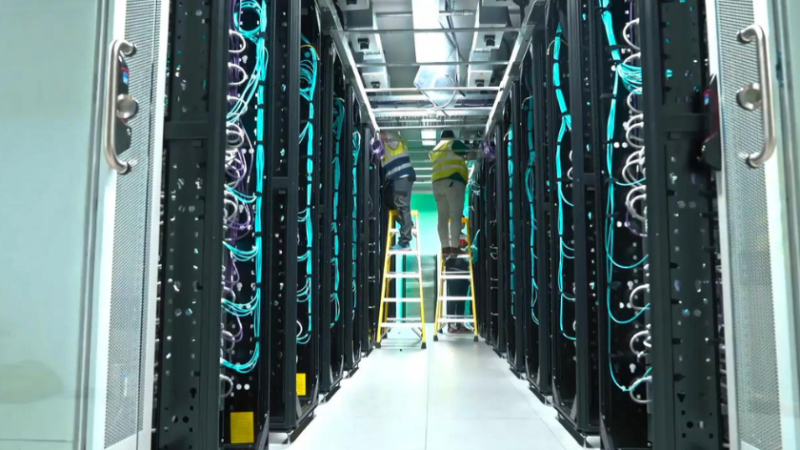
Hardware in the data centre is cooled by cold water, just 8 degrees Celsius, pumping water in from the nearby fjord into heat exchangers, which cool the water and then distribute it across the facility.
The cold freshwater available in the site’s IT areas are used for all types of cooling technologies, ranging from fan walls and CRAH, to inline cooling, direct liquid cooling, and even immersion cooling.
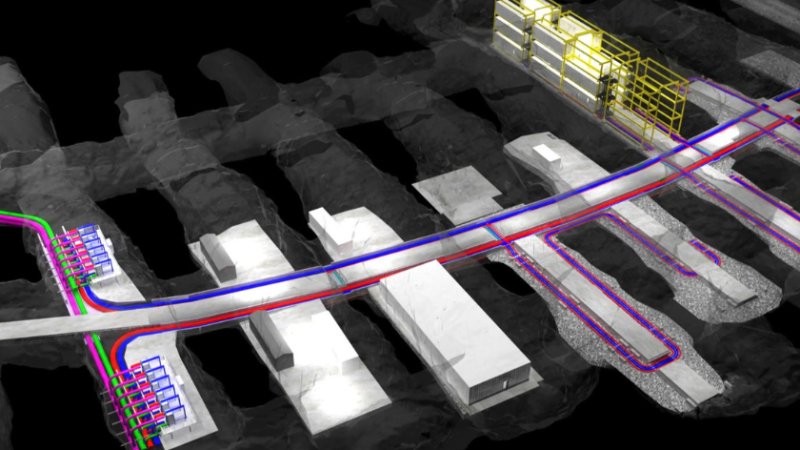
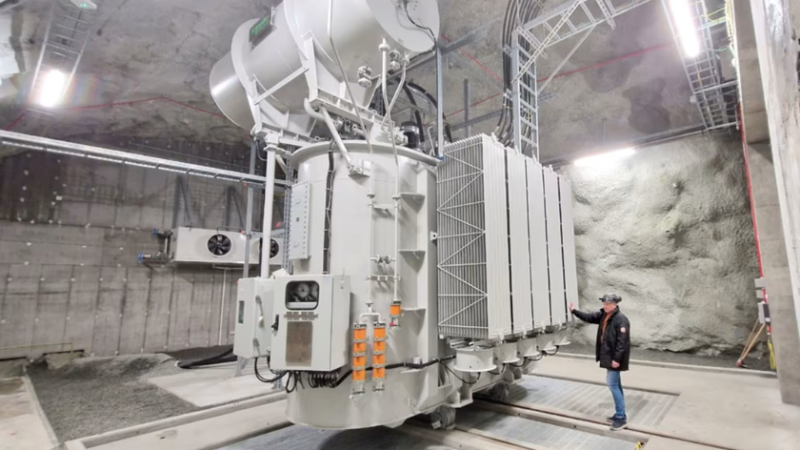
Beyond building one of the most striking data centres in the world, the team at Lefdal want to create the greenest facility on the planet.
The site is carbon neutral, powered by a mix of hydroelectric and wind power, with minimal transmission losses given it doesn’t have to travel far to reach the facility.
Lefdal also has the added bonus of a limited footprint and visual impact given the site is hidden underneath a mountain.
They don’t even use water, simply filling their cold loop once and then, that’s it. All the heated water is then distributed to warm the waters of Sjømatstaden, a salmon farm just a few miles down the road. To further add to their circular economy, the team plans to take the sludge from the farm, dry it down, and use it for biogas and fertiliser.
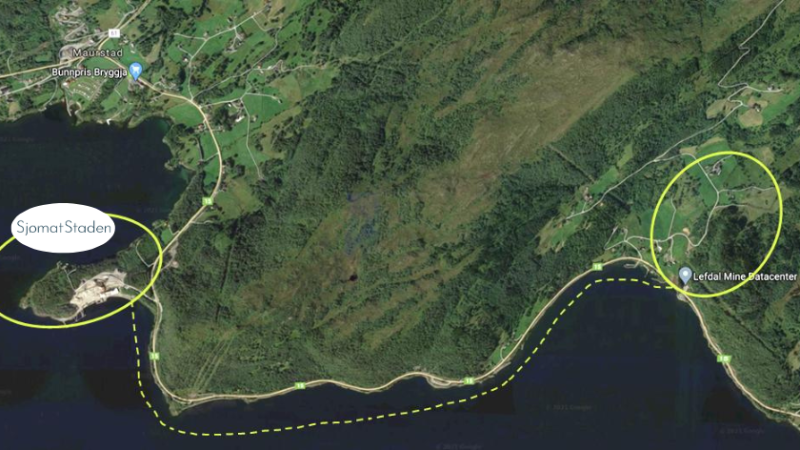
In terms of what’s housed at the site, Lefdal Mine Datacenter is set to play home to the future national supercomputers and storage systems in Norway in collaboration with Sigma2. It already boasts a HPC cluster owned by Mercedes Benz as well as Tiaga Cloud, the European-focused generative AI cloud service provider.
But while data halls in the mine are continuously being expanded, is there a limit to what you can fit in a mountain? Andersson explained that the limit for Lefdal focuses more on power supply.
“We’re exploring new locations, adapting our approach to different environments while maintaining our focus on large-scale, efficient data halls. We’re looking closely at other locations that aren’t necessarily within a mountain or the same cooling solution but with similar designs and ways to market that we’re doing with large data halls.”
“We've been offered to do it in many places around Norway and other parts of the world, but we keep an eye on the western part of Norway itself.”
The Lefdal Mine Datacenter is one of the most remarkable data centres you’ll come across, and that feeling is shared by the people who work there, with Andersson expressing pride over the forward-thinking clients they’ve already managed to attract.
“Together with our clients, we're sitting with all the big OEMs discussing how to solve increased densities, floor plans, etc.
“We have a strong value proposition with our cooling solution and the way we implement it. We attract clients who recognise the advantages and are forward-thinking enough to adopt it. These are often the same clients engaging with Nvidia and other major players. As a result, we’re having some really exciting conversations about edge design with key industry leaders. We’re extremely proud of that — it’s also just really fun."
RELATED STORIES
Data Centre of the Month: Dubai Silicon Oasis
Data Centre of the Month: Pori Data Centre, Finland (Verne)
Data Centre of the Month: Datacenter Mutualisé Lorrain, Nancy, France
